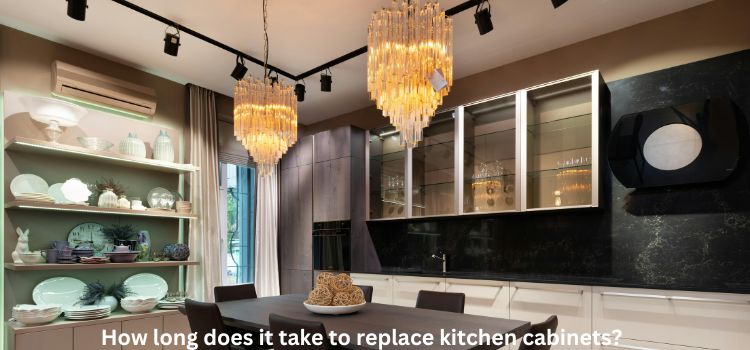
Introduction
Replacing kitchen cabinets is a big decision and a significant investment, so it’s important to understand the time involved in the process. The timeline for replacing kitchen cabinets can vary depending on factors such as the kitchen’s size, the installation’s complexity, and the availability of materials. In this article, we will break down the steps involved in replacing kitchen cabinets and estimate how long the process typically takes. This will help you better plan and prepare for your kitchen renovation project.
Removal of Old Cabinets
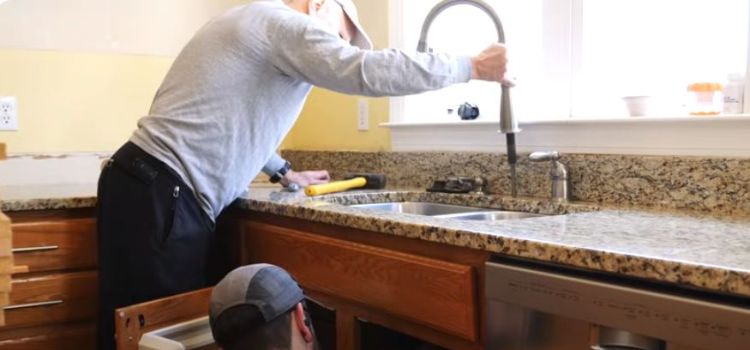
The first step in replacing kitchen cabinets is removing the old ones. This process can take anywhere from 1-2 days, depending on the size of the kitchen and the complexity of the removal. It involves carefully taking apart and uninstalling the old cabinets, as well as disposing of the materials in a responsible manner.
Preparation of the Space
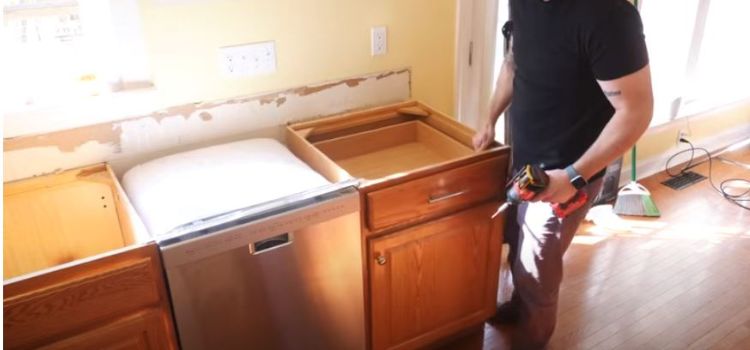
Once the old cabinets have been removed, the next step is to prepare the space for the new cabinets. This can involve making any necessary repairs to the walls, floors, or other surfaces, as well as measuring and planning for the placement of the new cabinets. This step can take an additional 1-2 days, depending on the extent of the preparation needed.
Cabinet Installation
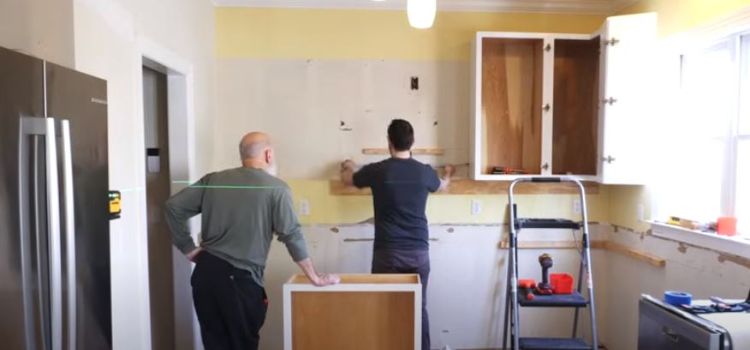
The next step in replacing kitchen cabinets is installing the new ones. This process can take anywhere from 2-4 days, depending on the size and complexity of the installation. It involves carefully measuring, leveling, and securely installing each cabinet and making necessary adjustments to ensure they fit correctly in the space. This step includes installing additional features like shelves, drawers, or hardware.
Countertop Installation
Once the new cabinets are installed, the next step in the process is to install the countertops. This involves measuring and cutting the countertops to fit the space and making any necessary cutouts for sinks or appliances. The installation process can take an additional 1-2 days, depending on the countertops’ material and the installation’s complexity. This step also includes sealing the countertops to protect them from spills and damage.
Plumbing and Electrical Work
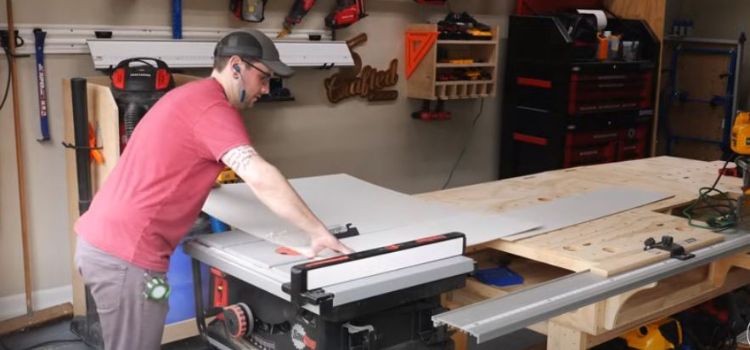
After installing the cabinets and countertops, the next step is to take care of any necessary plumbing and electrical work. This may involve installing new sink fixtures, connecting appliances, or updating electrical outlets and switches.
The timeline for this step can vary depending on the extent of the work required, but it can typically take anywhere from 1 to 2 days to complete. Hiring a professional plumber and electrician ensures the work is done safely and up to code. Once the plumbing and electrical work is completed, your new kitchen cabinets will be fully functional and ready to use.
It’s important to remember that while the installation process may take some time, the result will be a beautiful and functional new kitchen that you can enjoy for years to come.
Finishing Touches
Once the cabinets are installed, the final step is adding finishing touches such as painting, trim work, or other decorative elements. This can take an additional 1-2 days, depending on the specific details of the finishing touches.
It’s important to take the time to ensure that everything is installed correctly and finished to your satisfaction. Overall, replacing kitchen cabinets can take anywhere from 5-10 days, depending on the project’s size, complexity, and specific details.
It’s important to carefully plan and prepare for this timeline when undertaking a kitchen renovation to ensure that everything is completed promptly and efficiently.
Clean-up
Once the cabinets are installed and the finishing touches are complete, it’s time to clean up the space and ensure everything is in order. This may include removing any debris or leftover materials from the installation process and thoroughly cleaning the new cabinets and countertops. It’s important to take the time to clean and organize the space to be ready for use. This final step may take an additional day or two, depending on the clean-up required.
FAQs
How hard is it to remove and replace kitchen cabinets?
Removing and replacing kitchen cabinets can be challenging and time-consuming, especially if you need to become more experienced with carpentry or home improvement projects. It requires careful planning, precise measurements, and the right tools to install the cabinets properly and securely. It’s often best to hire a professional to handle this type of project to ensure it’s done correctly.
Is replacing cabinets worth it?
It depends on the condition of your current cabinets and your budget. If your cabinets are outdated, damaged, or not functional, replacing them could be worth it to improve the look and functionality of your kitchen or bathroom. However, if your cabinets are in good condition, you can achieve a similar effect with a less expensive option, such as refacing or repainting. Consider your needs and the cost before making a decision.
Is it better to repaint or replace kitchen cabinets?
It depends on the condition of the cabinets and your budget. Repainting can be more cost-effective and give your kitchen a fresh new look. However, replacing the cabinets may be a better long-term investment if they are in poor condition or outdated. Consider factors such as the quality of the existing cabinets and your overall kitchen renovation goals before deciding.
Conclusion
The time it takes to replace kitchen cabinets can vary depending on the kitchen size, the project’s complexity, and the availability of materials. On average, it can take a few days to a few weeks to complete the installation process. It’s important to consider the time needed for planning, ordering materials, and any unforeseen complications that may arise during the installation. It’s always best to consult a professional contractor to get a more accurate estimate for your project.
